Introduction to the Autonomous University of Sinaloa, Mexico:
Introduction: The Autonomous University of Sinaloa is an influential public university in Mexico. Its main campus is located in Culiacán, the capital of Sinaloa, and it has campuses in many places throughout the state.
Overview:
Student size: There are about 160,000 students in 2022, covering all levels of high school, undergraduate and graduate students.
Campus distribution: It is divided into 4 regional units in Sinaloa, with 4 main campuses in Culiacán, Guamuchil, Los Mochis and Mazatlan, in addition to several satellite campuses throughout the state.
Discipline setting: It offers 83 undergraduate education programs, including degrees, engineering, technology and other fields, as well as 33 graduate education programs, covering master's, doctoral and professional fields.
History: The school was founded in Mazatlan on May 5, 1873, when it was called Liceo Rosales. In 1874, it moved to Culiacan for political reasons and was renamed Colegio Rosales. In 1918, at the end of the Mexican Revolution, it gained "autonomous status" and was renamed Universidad de Occidente. After several name changes, it was renamed the current Autonomous University of Sinaloa in 1965.
Founded: 1873.
School Strength: It has 170 researchers from the National Council of Science and Technology (CONACYT), accounting for 60% of the total number in Sinaloa, as well as 438 professional academic groups and 219 research lines. In terms of teaching, it has trained a large number of professionals for the local and national level and has achieved remarkable achievements in many fields.
Institutional Nature: Public University.
Educational philosophy: Although there is no clear and public expression of specific educational philosophy, as a public university with a long history, it is committed to providing students with high-quality education, focusing on the imparting of knowledge, the cultivation of students' abilities and the shaping of social responsibility, so as to promote the all-round development of students and cultivate useful talents for society.
Key laboratories and disciplines: The school has certain research strengths and achievements in many disciplines, such as agriculture, biology, chemistry, medicine and other disciplines. However, there is currently no public information clearly indicating which outstanding key laboratories there are.
Faculty: There are many colleges and faculties, including the School of Accounting and Management, the School of Agriculture and Rural Development, the School of Agronomy, the School of Architecture, the School of Biology, the School of Chemical and Biological Sciences, the School of Computer Science, the School of Dentistry, the School of Earth and Space Sciences, the School of Economics, the School of Educational Sciences, the School of Engineering, the School of History, the School of International Studies and Public Policy, the School of Law and Political Sciences, the School of Marine Sciences, the School of Medicine, the School of Nursing, the School of Nutrition and Gastronomy, the School of Philosophy and Literature, the School of Physical Education and Sports, the School of Physical and Mathematical Sciences, the School of Psychology, the School of Social Sciences, the School of Social Work, the School of Veterinary Medicine and Animal Sciences, etc. In addition, there are the School of Anthropology and Science, the School of Arts and Plastic Arts, the School of Business, the School of Language Learning, the School of Music, the School of Tourism, etc.
Ranking: Top 25 in Mexico.
Expense: As a public university, the tuition fees for Mexican students are usually relatively low to reduce the financial burden on students. However, there is no clear public information on the tuition fees for international students, and you may need to consult the school's admissions department.
Campus environment: The campus environment of each campus is beautiful, with diverse architectural styles, integrating local cultural characteristics and modern architectural elements. The campus is fully equipped with modern teaching facilities, libraries, laboratories, sports facilities, etc., providing students with good learning and living conditions. At the same time, the school often holds various academic activities, cultural performances, sports competitions, etc. to enrich students' extracurricular life and create a strong academic and cultural atmosphere.
-
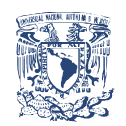
National Autonomous University of Mexico
-

Anahuac University of North Mexico
-

Universidad Autonoma de Guadalajara
-
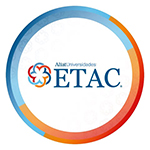
Universidad ETAC
-

Meritorious Autonomous University of Puebla
-
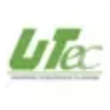
Technological University of Tulancingo
-
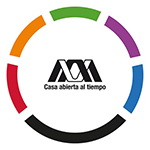
Metropolitan Autonomous University
-

Autonomous University of Sinaloa
-
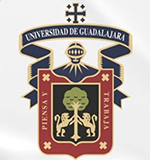
University of Guadalajara
-

Technological University of Huejotzingo
-

Mesoamerican University
-

Istmo University
-

Mariano Galvez University of Guatemala
-

Regional University of Guatemala
-

Galileo University
-

Francisco Marroquín University
-

Rafael Landívar University
-

University of the Valley of Guatemala
-

University of San Carlos of Guatemala
-

Technological Institute of Tlaxcala Plateau
-

Golfo University
-

Technological University of South Sonora
-

Technological University of Huejotzingo
-

Tizimín Institute of Technology
-

Chilpancingo Institute of Technology
